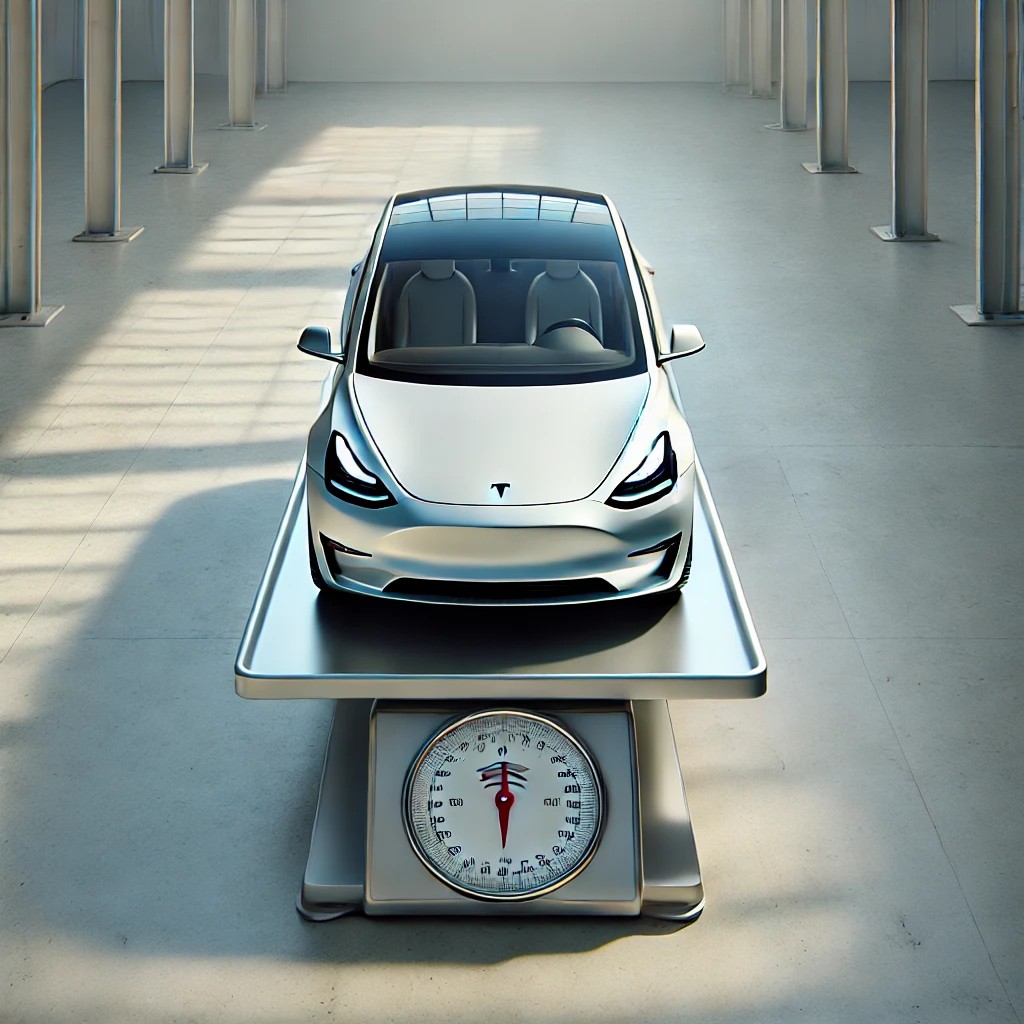Road tax electric car: what exactly will you pay in 2025?
Discount on motor vehicle taxes
The government is introducing a new rate reduction for emission-free passenger cars in the motor vehicle tax of 40% between 2026 and 2028, 35% in 2029 and 30% in 2030.
The rate discount applies to both the state portion of the mrb, as well as the provincial surcharge, and will expire after 2030.
In 2024 and 2025 the discount remains the same as what was agreed upon in the Climate Agreement, i.e. a 75% discount.
In other words, you pay a quarter rate.
Evaluate in 2027
In 2027, the cabinet will evaluate the level of the tariff reduction.
In doing so, the Cabinet will also consider how the tariff reduction affects different car segments based on their size.
To make the new tariff reduction possible, the Cabinet has, among other things, used the funds for the subsidy of used emission-free passenger cars (so-called SEPP scheme) after 2024.
Preventing stagnation
From Jan. 1, 2026, the rate discount on 100% electric cars will end, which means that from then on the MRB of an electric passenger car will be higher than the MRB of a comparable gasoline car.
This is because the MRB base is largely based on the weight of the vehicle, and electric passenger cars are heavier than comparable gasoline cars due to the weight of the battery.
To prevent stagnation of ingrowth of emission-free passenger cars in the fleet, the government is taking measures so that electric passenger cars and gasoline passenger cars will be taxed similarly in the MRB from 2026.
This measure will make the purchase of both new and used electric passenger cars more attractive to many people.
The ingrowth of fully electric passenger cars in the fleet is important to meet the climate goals, the government said.

Purely indicative
So much for some background information.
What exactly will you pay in road tax for an electric car in 2025?
That’s pretty interesting to know.
That’s why we list several calculation examples.
Although based on the 2024 rates, it is a good indication of what to expect.
You’ll get a good idea of the road tax you’ll have to pay for an EV starting January 1, 2025.
North Holland as an example
We use rates for the province of North Holland in this article.
We base the rates for EVs on the gasoline rate in the weight class matched to the weight of the electric car.
A simple example: if you pay 113 euros per quarter for a gasoline car weighing 951 to 1050 kilograms, then an EV will cost 28.25 euros per quarter.
We use the following calculation:
Quarterly road tax amount gasoline car x 0.25 = MRB rate EV in 2025
Empty weight is decisive
Of course, we look at the empty weight of the car, because that weight determines the road tax in the Netherlands.
This weight is also referred to as “unladen vehicle mass.
Can’t find that?
Then look at the ‘mass in running order’ on your registration card and subtract 100 kilograms.
Then you have the unladen weight. Ready? Here come the examples of some popular electric cars.
Dacia Spring Electric
- Empty weight: 949 kilograms
- Gasoline road tax per quarter: 88 euros
- Road tax EV per quarter: 22 euros
Tesla Model 3 Long Range Dual Motor
- Empty weight: 1,931 kilograms
- Gasoline road tax per quarter: 344 euros
- Road tax EV per quarter: 86 euros
Skoda Enyaq iV 85
- Empty weight: 2,037 kilograms
- Gasoline road tax per quarter: 369 euros
- Road tax EV per quarter: 92.25 euros
Volkswagen ID.3 58 kWh
- Gross weight: 1,705 kilograms
- Gasoline road tax per quarter: 293 euros
- Road tax EV per quarter: 73.25 euros
Kia EV6 RWD 77.4 kWh
- Gross weight: 1,885 kilograms
- Gasoline road tax per quarter: 344 euros
- Road tax EV per quarter: 86 euros
Tesla Model Y Long Range Dual Motor
- Empty weight: 2,054 kilograms
- Gasoline road tax per quarter: 395 euros
- Road tax EV per quarter: 98.75 euros
Hyundai Ioniq 5 77 kWh 2WD
- Gross weight: 1,910 kilograms
- Gasoline road tax per quarter: 344 euros
- Road tax EV per quarter: 86 euros
Volvo EX40 Twin Motor Performance
- Empty weight: 2,084 kilograms
- Gasoline road tax per quarter: 395 euros
- Road tax EV per quarter: 98.75 euros
Renault Megane E-Tech Electric 60 kWh
- Gross weight: 1,611 kilograms
- Gasoline road tax per quarter: 267 euros
- Road tax EV per quarter: 66.75 euros
Peugeot e-208 51 kWh
- Gross weight: 1,550 kilograms
- Gasoline road tax per quarter: 241 euros
- Road tax EV per quarter: 60.25 euros
Polestar 2 Long Range Single Motor
- Gross weight: 1,984 kilograms
- Gasoline road tax per quarter: 369 euros
- Road tax EV per quarter: 92.25 euros

